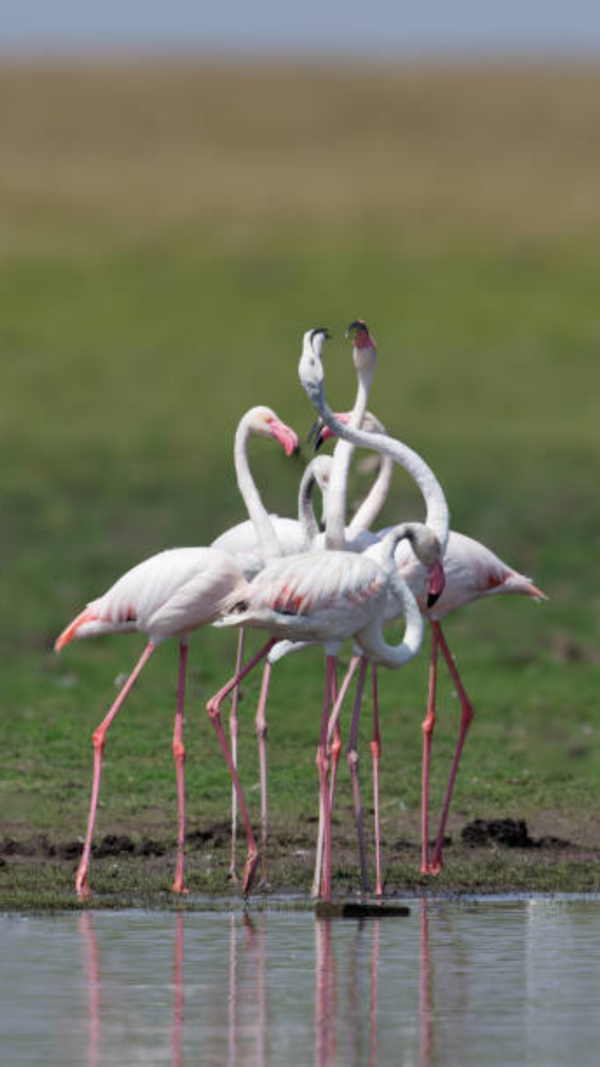- News
- With first kill, cheetahs adapt to their new habitat
With first kill, cheetahs adapt to their new habitat
Indore: With their first kill, Prabhas and Paavak, two six-year-old male cheetahs, are quickly adapting to the new conditions of Gandhi Sagar Wildlife Sanctuary after the first interstate translocation of the big cats into their new habitat on Sunday.
Both cheetahs are roaming freely within the 15.4 square-kilometre enclosed campus, which falls under the Neemuch part of Gandhi Sagar Wildlife Sanctuary. They spent their first day identifying the area, and the first kill by both cheetahs was reported on the intervening night of Monday and Tuesday, senior forest officials said.
They added that the campus has chinkara, chital, wild boar, and wild rabbit (hare). The first prey of both cheetahs was chital (spotted deer), which they hunted and ate late at night. They were spotted resting on Tuesday, the officials informed, adding that four predator-proof chital enclosures have been built to house herbivore prey brought from other protected areas for the cheetahs' food. "A total of 473 chital were already released into these enclosures," they said.
The senior officials added that compared to Sheopur's Kuno Wildlife Sanctuary, from where both cheetahs were translocated, the temperature in Gandhi Sagar is at least two degrees Celsius lower. Situated on the bank of the largest dam, this helps in maintaining a ‘favourable' atmosphere in Neemuch. Besides, the entire area chosen as the new habitat for the cheetahs is much greener and has a wide range of wildlife due to its ‘suitability' for thriving them, the officials said.
End of Article
Follow Us On Social Media









